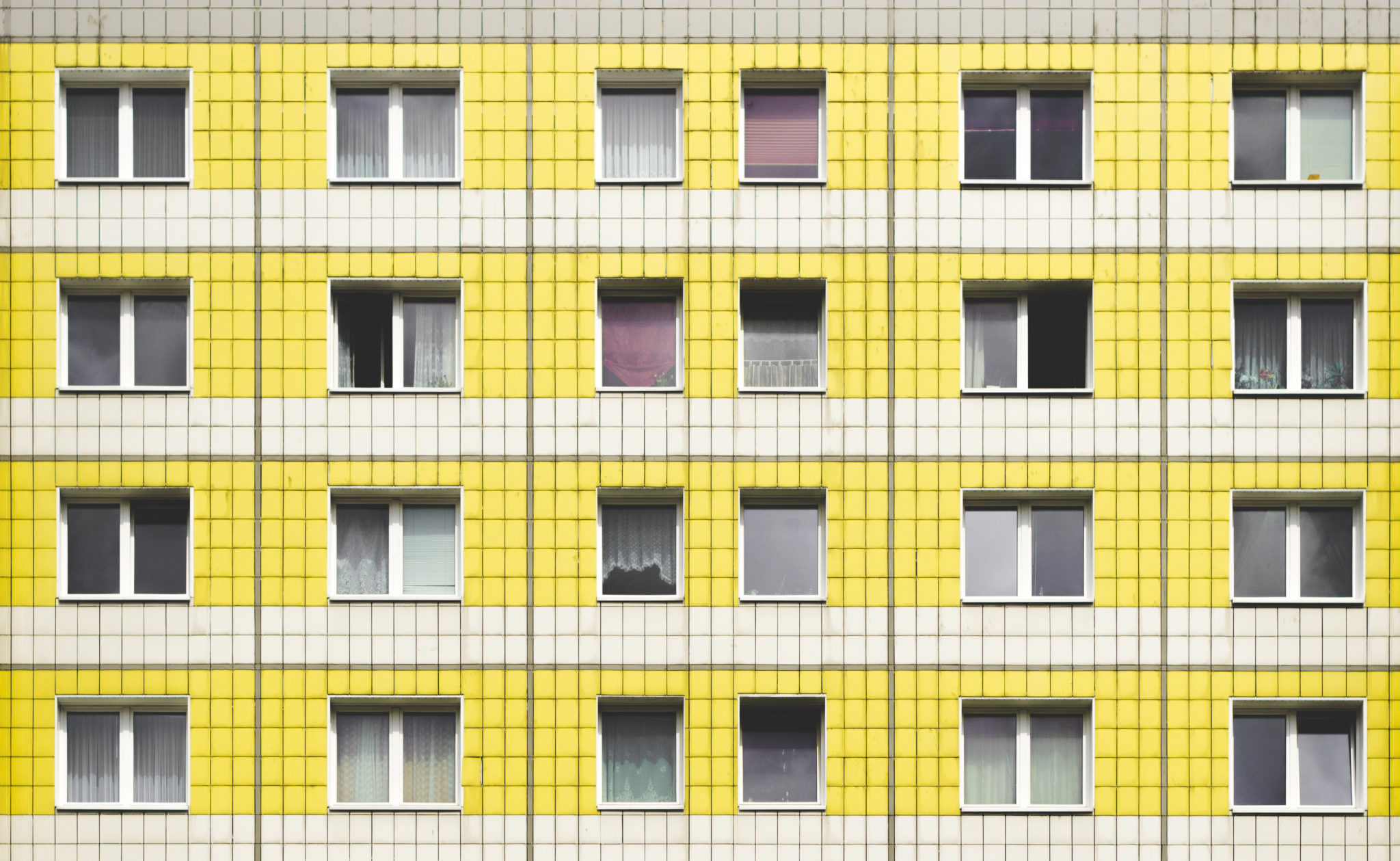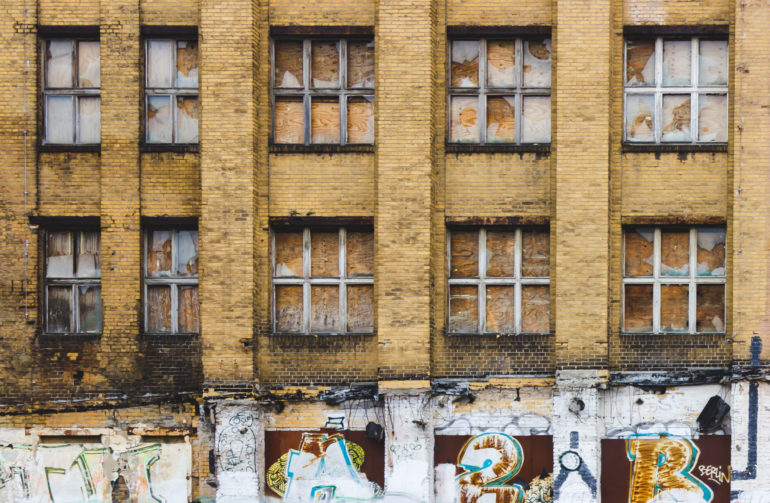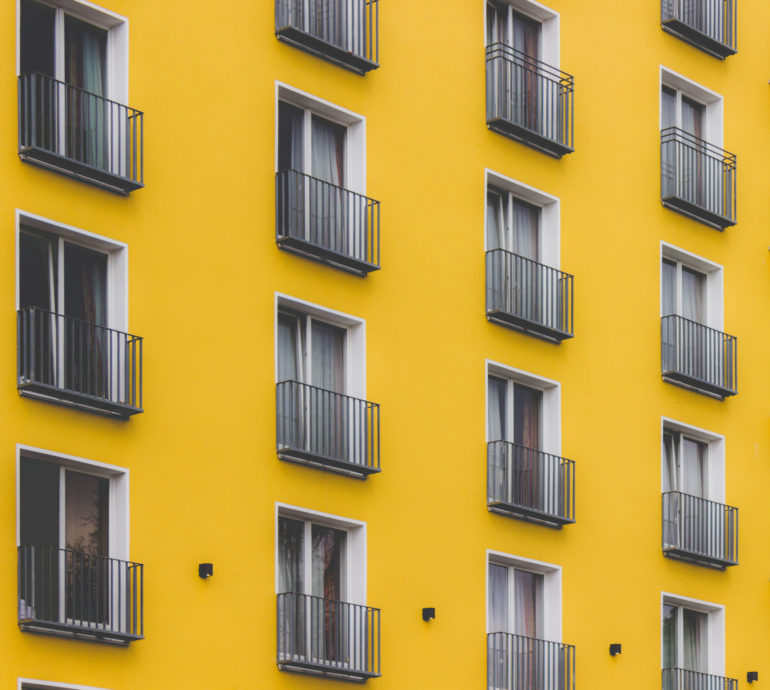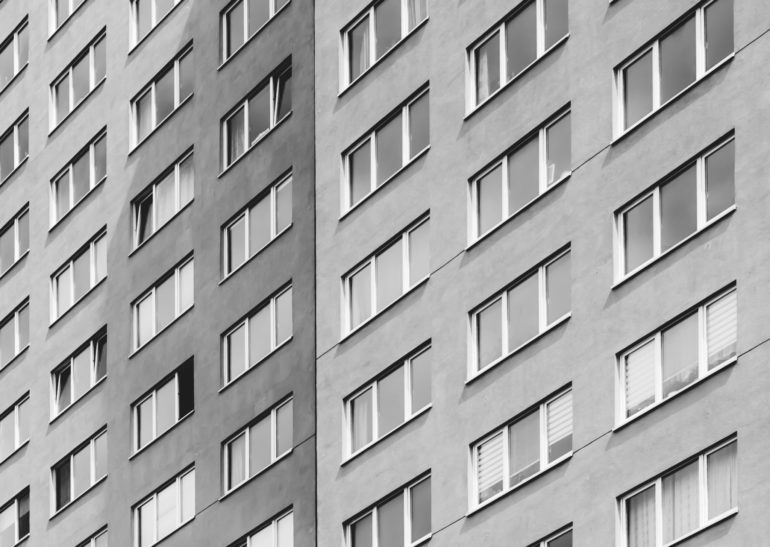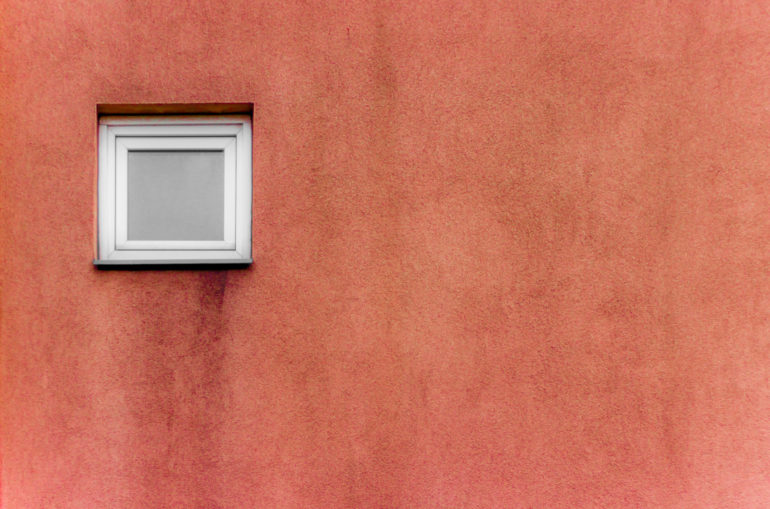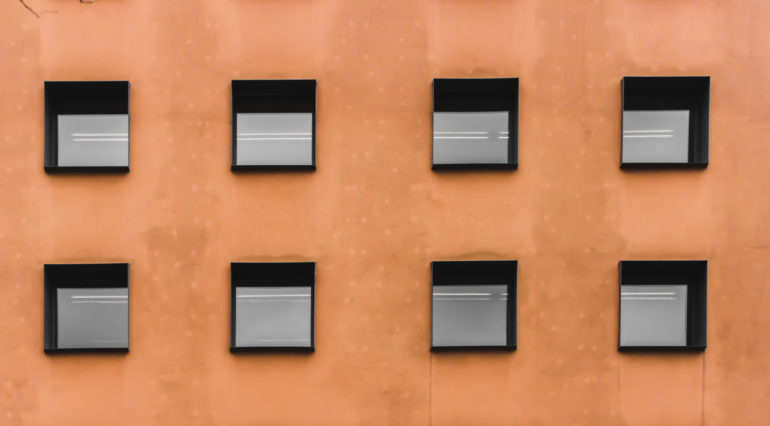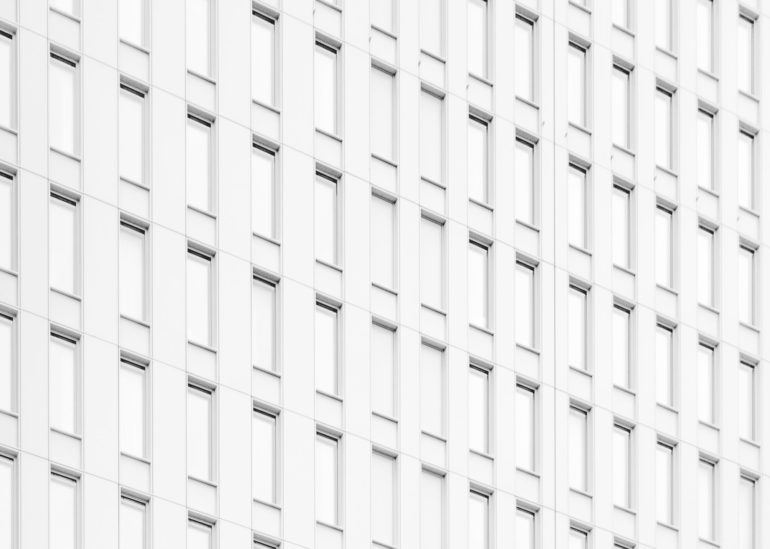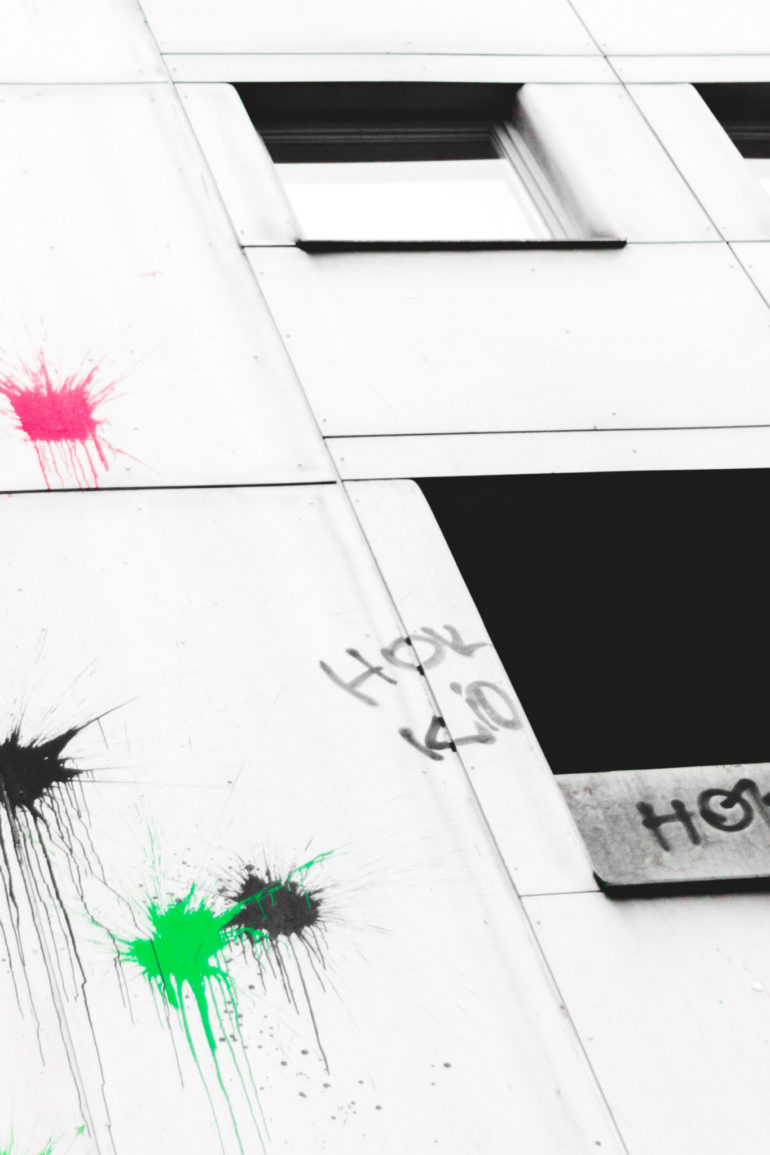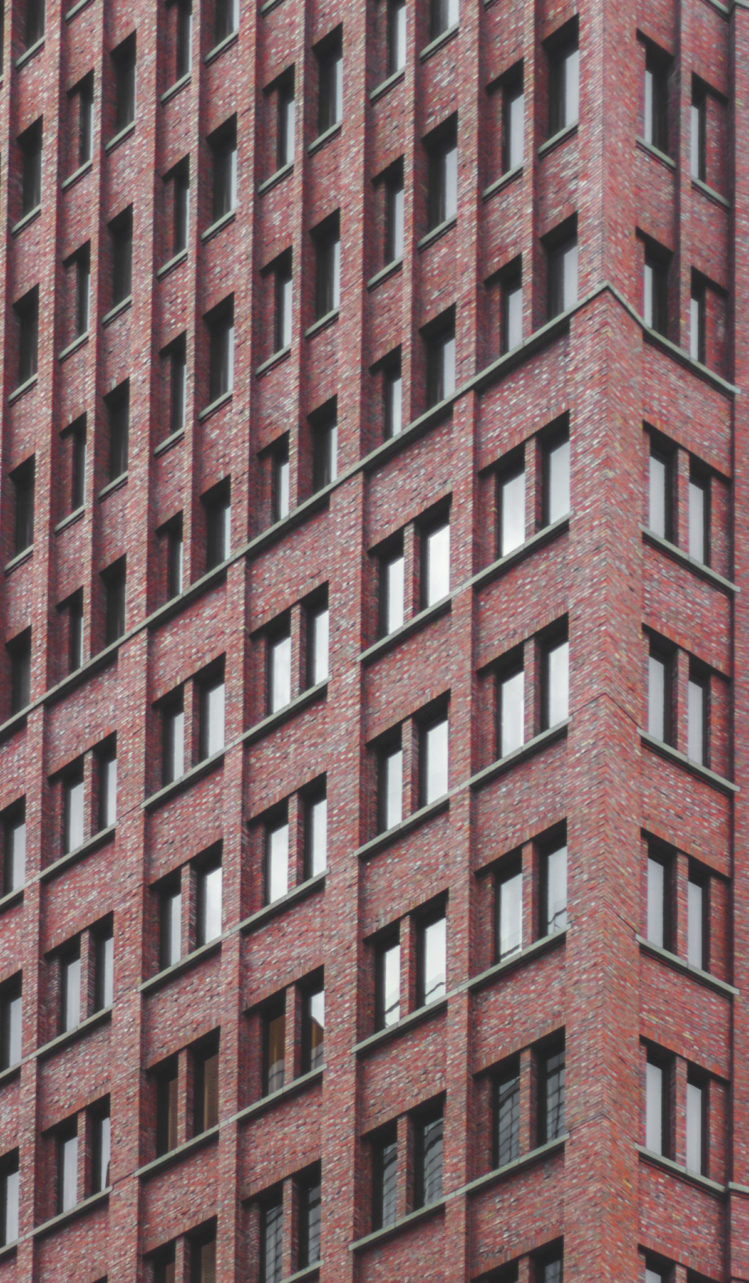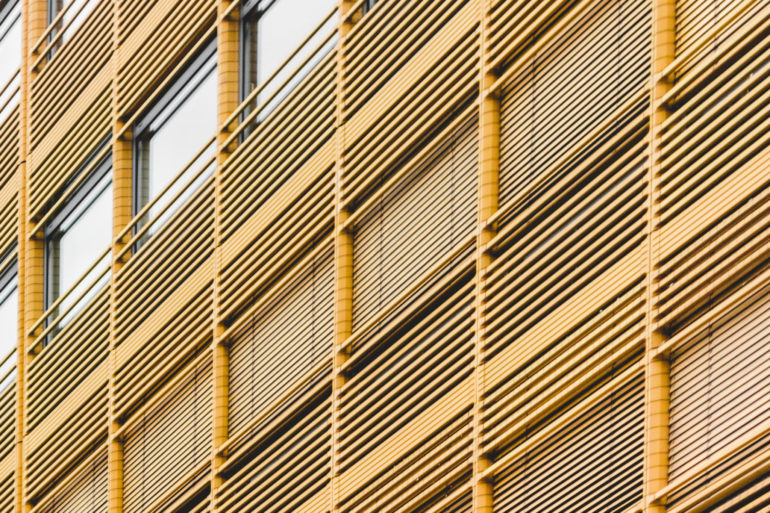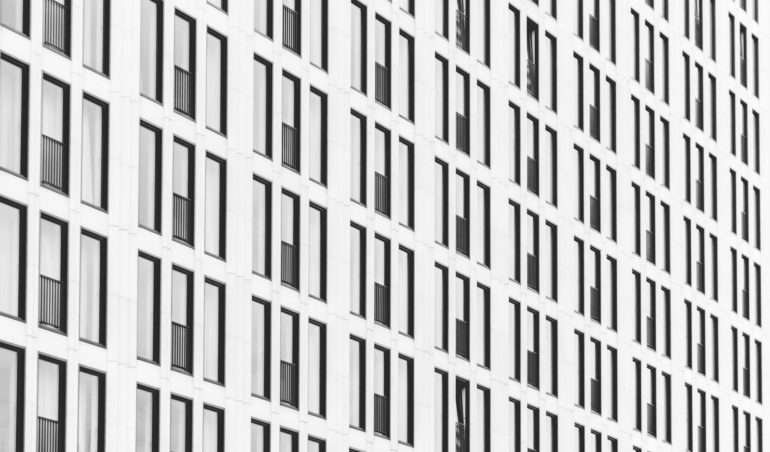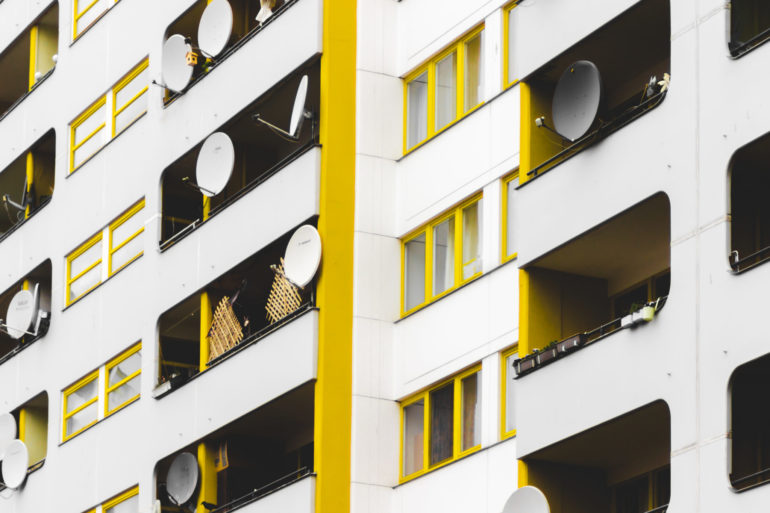All images and words by Thor Vermijlen. Used with permission.
I’m Thor Vermijlen, a student from Belgium who loves photography. I recently went on a trip to Berlin. The one thing I noticed the most about the beautiful city is its diversity. This photo series is an unusual way of showing that diversity and how it can be beautiful. I photographed different beautiful windows from modern to ancient and clean to broken in different perspectives. e-mail me if you have more questions about me or the series.
I’m a student from Belgium who studies math and science in Antwerp. Next year I’m going to study photography in Antwerp, the place to be in Belgium for photography. I absolutely love photography and the thought process that comes with it. I always try to take pictures that are pleasing to the eye (obviously); But they also mostly have a darker meaning, contain criticism or convey my opinion (like this series). I also try to keep a mysterious aspect to my photos, this gives the viewer room for his/her imagination and fantasy which I think is really important. I use a canon eos 600d with a 50mm lens. I’m still searching for a unique style and learning a lot about the art of photography. This is the first series I have done. I want to say that diversity can be absolutely beautiful with these pictures
My project is the photo series “Windows of Berlin”. I recently went on a school trip to the magical city of Berlin. The city had me captivated immediately. The one thing I noticed the most was its diversity and and its impressive architecture. In my opinion this makes the city beautiful and captivating. A mixture of people is more interesting than a homogeneous society. I think that’s a very important thing. I wanted this photo series to reflect that. That’s why I decided to photograph many different windows that are all beautiful in their own way, the windows can be seen as people. Some are modern, some broken, some colorful etc. They all have a different character. I also photographed them from different angles to keep the series full of variation and to emphasize that variation. You’ll notice that you can’t tell what’s going on behind the windows, this is the mysterious aspect of the series and the viewer has to decide by himself through his/her imagination the goings on behind them.
Why did you get into photography?
I first got into photography because I loved the idea of capturing a unique moment and the memories that are linked with it.
What photographers are your biggest influences?
The photographers that had a big influence on me and that I look up to the most are Henri Cartier Bresson, Richard Avedon, Jesse Herzog, Thomas Leuthard and Roger Ballen. I also get a lot of inspiration from movie directors like Francis Ford Coppola, Nicolas Winding Refn and Stanley Kubrick. These are some of my biggest influences but there obviously are a lot more.
How long have you been shooting?
I have been shooting for about four years but I bought my first proper DSLR in the summer of 2016.
Why is photography and shooting so important to you?
Because it helps me to express myself and my opinion. It basically lets me capture life as it is through my point of view. That’s very important to me because I’m not a man of big words. I let my pictures speak for me.
Do you feel that you’re more of a creator or a documenter? Why?
I feel more like creator because I like to tell my story, my opinion and how I see the world. I do this the best through images that I created. These images are mostly very abstract and require some thought. They can also be interpreted in many different ways. This is not so much the case with documentary photography.
What’s typically going through your mind when you create images? Tell us about your processes both mentally and mechanically?
When I’m taking pictures there goes a lot through my mind. I think about the technical aspects like the framing, focus, the lighting, my camera settings, etc. But I also think about the purpose of the photo and the feeling that it will have. It’s also about following your instinct when exactly to press the shutter.
Want to walk us through your processing techniques?
I always shoot in raw. I import the photos from my sd-card into lightroom and rate them on their quality. Then I crop the image and make sure the perspective is right. Then I “fix” the lighting by playing with the shadows and highlights. In the curves section I make an s curve to up the contrast. Sometimes crush the blacks. Finally I do some local adjustments in photoshop if necessary.
If I’m pleased with the final picture I export it to my hard drive.
What made you want to get into your genre?
I’m still finding out my genre and style. Now I love experimental black and white and abstract architecture because I feel there is a lot of freedom in those genres and I can tell my feelings and opinions the best through those genres. I used to photograph a lot of nature because nature is just beautiful, as you can see on my site, but I couldn’t express my opinion enough with this genre. That’s why I’m trying something different.
Tell us a bit about the gear that you use and how you feel it helps you achieve your creative vision.
I have a canon eos 600d with a 18-55mm kit lens, a 50mm f/1.8 and a 70-300mm tamron lens. I mostly use the 50mm f/1.8 because it lets me shoot in darker scenes and it’s very sharp. I always have to keep moving with this lens because I just can’t zoom in, which is a positive thing. These are the most important tools that help me take my pictures. I feel like you don’t need top of the line gear to take great pictures. I think it’s the process of taking a picture that you have to learn and that I enjoy.
What motivates you to shoot?
The fact that I can convey my opinions through my pictures. Also that I can create something that people find pleasing to look at.


